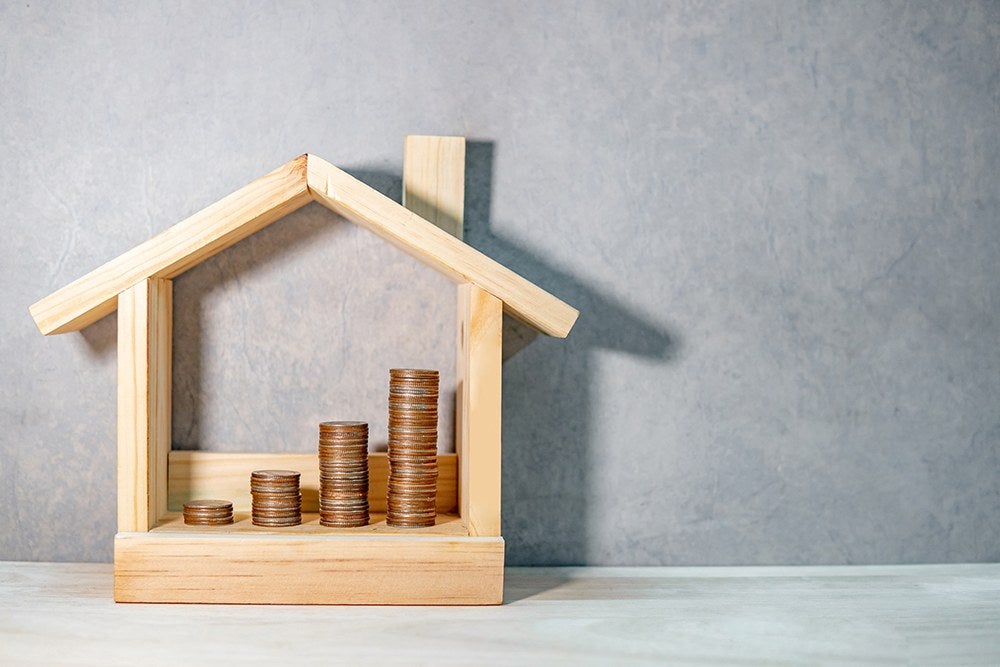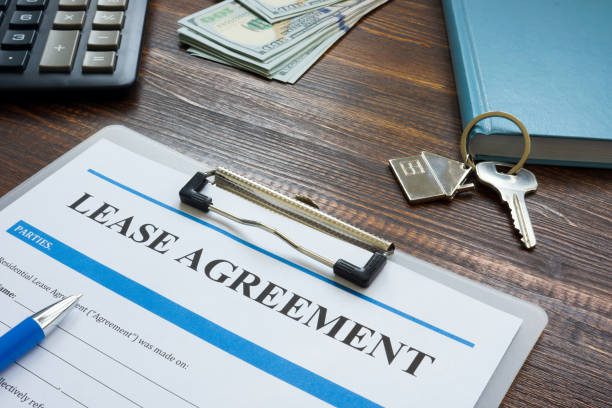Are you thinking of buying an investment property to rent out or use as a vacation home for other travelers? It can turn into a reliable source of income. But how do you know if you’re ready to become a landlord?The Corken + Company team created a crash course on everything you need to know before you get a loan for your first investment property and start making money.
Investment Property Definition
An investment property is real estate purchased to generate income (i.e., earn a return on the investment). This is done through rental income or appreciation. Investment properties are normally purchased by a single investor or a pair or group of investors together.
3 Signs You’re Ready To Buy An Investment Property
First, know that the buying process is different for an investment property. Before you invest in property, make sure you meet the following qualifications.
1. You’re Financially Stable
Investment properties require a much higher financial stability level than primary homes, especially if you plan to rent the home to tenants. Most mortgage lenders require borrowers to have at least a 15% down payment for investment properties. This is usually not required when you buy your first home. In addition to a higher down payment, investment property owners who move tenants in must also have their homes cleared by inspectors in many states.
Make sure you have enough money in your budget to cover the initial home purchase costs (like your down payment, inspection, and closing costs) as well as ongoing maintenance and repairs. As a landlord or rental property owner, you must complete essential repairs promptly. This can mean expensive emergency plumbing and HVAC repairs. Some states allow tenants to withhold their rent payments if they don’t fix broken home utilities on time.
Make sure you budget more money than you think you need for regular and emergency home repairs.
Investment property expenses don’t just begin when tenants move in or when you assume responsibility for the property’s current residents. You also need to budget money for advertising and credit checks to make sure you take in the best tenants possible. A great set of tenants are an asset for your property, while bad tenants can increase your expenses dramatically.
2. The Return On Investment (ROI) Is There
Real estate investors often see positive cash flow with their investment properties in today’s market. The savviest investors calculate their approximate return on investment (ROI) rates before they purchase a property. To calculate your ROI on potential property investments, follow these steps.
Estimate your annual rental income. Search for similar properties that are currently up for rent. Find an average monthly rent for the type of property that you’re interested in and multiply that rent price by 12 for a year’s worth of income.
Calculate your net operating income. After you estimate your annual potential rental income, calculate your net operating income. Your net operating income is equal to your annual rental estimate minus your annual operating expenses. Your operating expenses are the total amount of money that it takes to maintain your property every year. Some expenses include insurance, property taxes, maintenance, and homeowners association Do not include your mortgage or interest in your net operating expense calculation. Subtract your operating expenses from your annual rent estimation to find your net operating income.
Find your ROI. Next, divide your net operating income by the total value of your mortgage to find your total return on investment (ROI).
For example, let’s say you buy a property worth $200,000 that you can rent out for $1,000 a month. Your total potential income is $1,000 × 12 months for a total of $12,000. Let’s also assume that the property costs about $500 a month in maintenance fees and taxes.
$500 × 12 = estimated operating expenses of $6,000.
Subtract your operating expenses from your total rent potential: $12,000 − $6,000 = $6,000 of net operating income.
Divide your net operating income by the total value of your mortgage: $6,000 ÷ $200,000 = 0.03, which makes this property’s ROI 3%.
If you buy a property in a solid area and you know that you can rent to reliable tenants, a 3% ROI is great. However, if the property is in an area known for short-term tenants, a 3% ROI may not be worth your time and effort.
3. You Have Time To Manage It
Investment property management still takes a lot of time. You have to put up advertisements for your space, interview potential tenants, run background checks on tenants, make sure that tenants pay their rent on time, perform maintenance on your property and make timely repairs if something in the home breaks down. You also must do all of this while working around your tenant’s “right to privacy,” a legal standard that prevents you from dropping by unannounced without at least 24 hours of warning in most states.
Before you decide to buy an investment property, make sure you have plenty of time to maintain and monitor your space.
If you are interested in talking to a seasoned professional about an investment property, contact our team today. If you decide an investment property is for you, we offer property management services for your property!
Learn more about buying an investment property at:
https://www.rocketmortgage.com/learn/investment-property#:~:text=An%20investment%20property%20is%20real,or%20group%20of%20investors%20together





